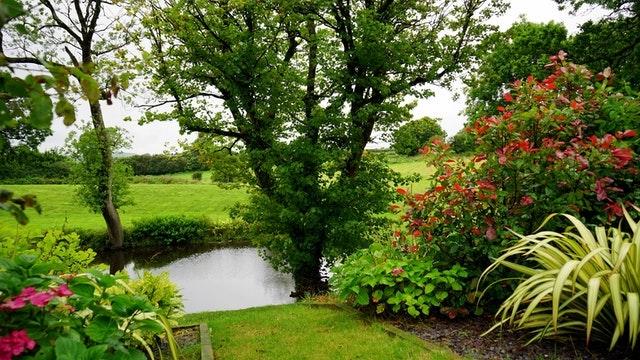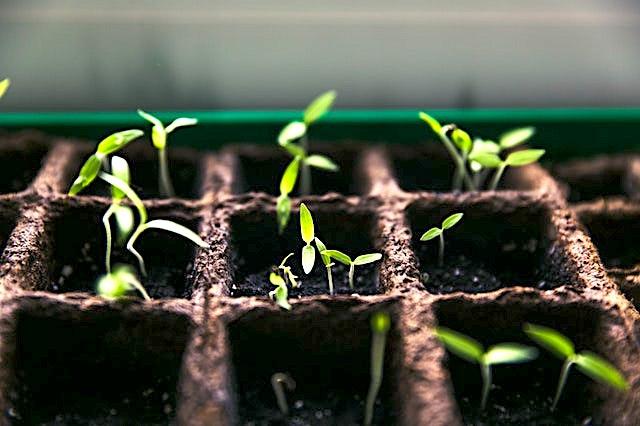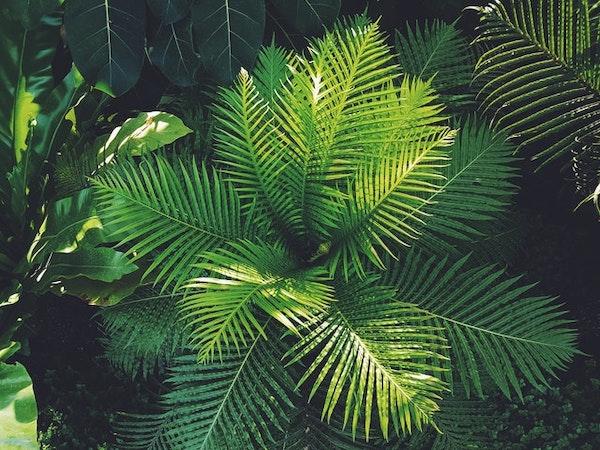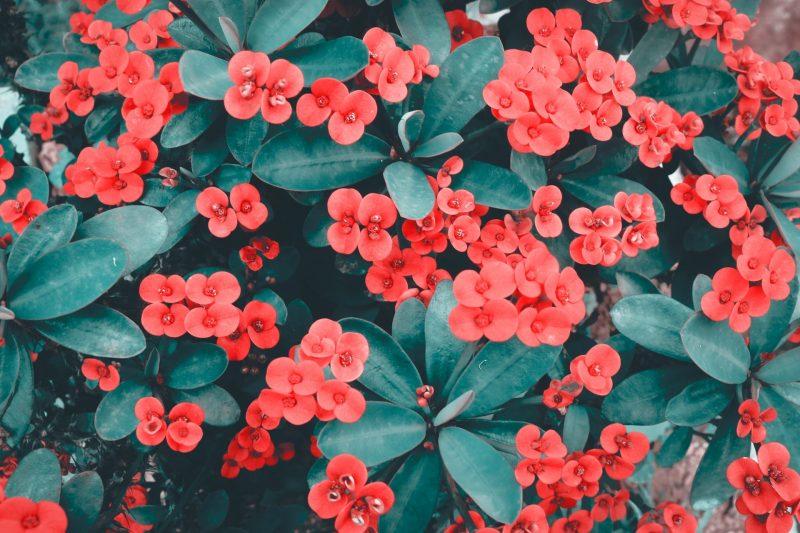Gardening is one of those hobbies that quickly become a lifelong interest. However, you have to start from somewhere, which can seem a bit daunting at first. But there is no need to worry. Starting a garden from scratch is so much easier when you have the necessary know-how!
The appeal of gardening
For most people, the appeal of gardening lies in the immense satisfaction they get from watching their plants grow due to commitment and effort. So, not only does nurturing, pruning, and watering your plants give you a sense of peace and purpose, it also gives you that feeling of pride and joy seeded in the act of creating something with your own hands and heart. And what is more impressive than a flourishing garden?
If you are apprehensive about your horticultural skills, one way to approach gardening is to plant garden plants that will survive all types of weather. This can make your first flower beds significantly easier to look after. Of course, there is much more to gardening than simply choosing the right plant. Let’s take a look at what you should keep in mind before you embark upon your gardening adventure.
Removing the grass
Naturally, to set down a new flower bed, you will have to adapt a part of your backyard. First-time gardeners are advised to use chemicals if they want to do this quickly and efficiently.
However, keep in mind you have to do this extremely carefully. Your goal is to kill grass and other garden debris such as piled-up leaves and weeds to free up space. But, if done carelessly, you might pollute the ground beneath, which you do not want to do. Hence, it is better to stick to organic solutions, mainly because you are probably relatively inexperienced.
Sheet Mulching, or Layering
This approach to grass removal involves placing organic materials such as cardboard or newspapers over the grass to ‘suffocate’ it. As the paper breaks down gradually, it gets mixed with the soil.
If you are using newspaper, steer clear of paper that is colored in any way because colors usually are not decomposable. This process can last several months – 3-4 months in warm climates and up to 9 months in colder regions. This might be inconvenient if you want to start planting as soon as you move into your new home.
So, instead of this approach, you can also clean your backyard and pull out the grass manually as part of your post-move activities. Make yourself at home by tending to your new garden.

Solarization
This grass removal technique is environmentally friendly since it uses the sun’s heat to kill the grass. You first need to mow the lawn in the designated area. Use a plastic tarp to cover the area. With prolonged exposure to the sun, the grass beneath the tarp will dry and wither. The temperatures beneath the tarp go up to 140 degrees, which is also suitable for killing soil bacteria.
Move on to garden soil
Before you start thinking about how you will take care of all the evergreen trees you plan to plant, you still have a lot of work to do. The health of your plants depends on the fertility of the soil. This means you have to tend to nutritional problems of the soil before you start planting.
It is best to conduct a soil test to see if the soil is adequate for the kind of plants you want. Luckily, there are plenty of organic supplements that can enhance the soil’s health and pH value.

However, you also have to pay attention to the type of soil. This means that the texture and composition have to be adequate. For example, sometimes, the soil might have too much clay in it. This leads to drainage problems. On the other hand, if the soil is too sandy, the sand will absorb the water instead of the roots.
Choose the right plants
As mentioned above, the easiest way to create a low-maintenance, beginner-friendly garden is to opt for the right plants for the soil and weather conditions typical for your region. Therefore, you need to be well-informed about plant-specific factors before you start planting.
Apart from the mentioned factors, choose plants according to the amount of sunlight they require. The same goes for moisture – some plants prefer arid areas, whereas others need more rainfall to prosper. Group the plants according to these criteria in the plant bed. So, if a plant requires a lot of sunlight, you should avoid planting it next to trees that might eventually create shade and obstruct the growth process.

It’s ideal to group plants with similar sunlight, and moisture needs to provide them with the right amount of sun and water. You can’t plant sun-loving and shade-loving plants together in full sun and expect the shade-loving plants to survive.
Garden Design
So, you have prepared the ground, the soil, and the plants. All that is left for you to do is to arrange the plants and flowers. Several standard garden design tips can help you decide how to organize your garden.
Pay attention to the mature size of the plant
Be sure to note the projected heights of the plants and plan accordingly. For best results, low-lying plants are placed in the foreground or on the outskirts of the garden plot. Then place the higher plants in the back of the garden.
Form of the plant
Landscape and garden specialists rely on the plant’s form to develop smart and appealing garden arrangements, especially when starting a garden from scratch. This means that you should consider the shape of the tree’s crest and its outline. If you prefer clean, neat garden constellations, this will be easier to achieve with plants you can grow or cut into a geometrical shape. So, hedges and easily shaped plants are the way to go.
Author Bio:

Emily Peterson has been a landscape and garden designer for over 7 years. She has cleaned and arranged hundreds of lovely, flourishing gardens as part of her collaboration with remodeling as well as moving companies such as Here & Now Movers. Her design preferences align toward balancing out plants from different biomes such as succulents and evergreen bushes.
Photo Credits:
Young seedlings by Markus Spiske from Pexels
Palm plant by Daniel Frese from Pexels
Red flowers by Sameera Madusanka from Pexels
Lush garden with water by Mike from Pexels
